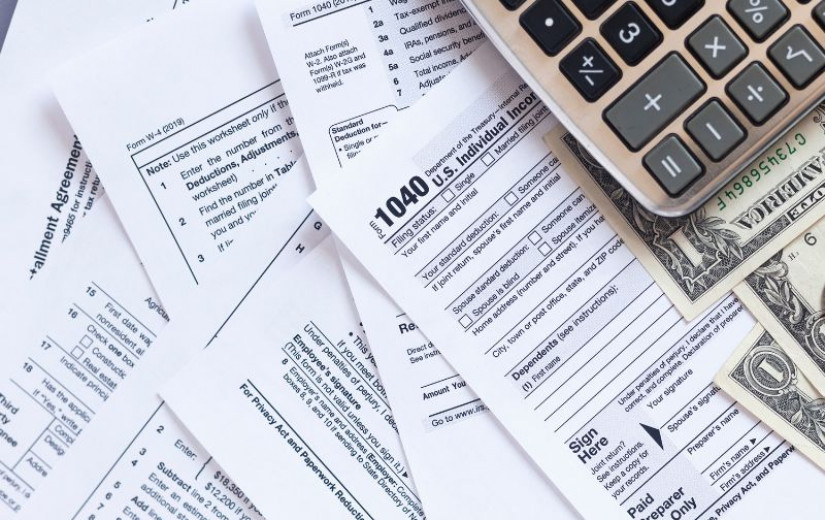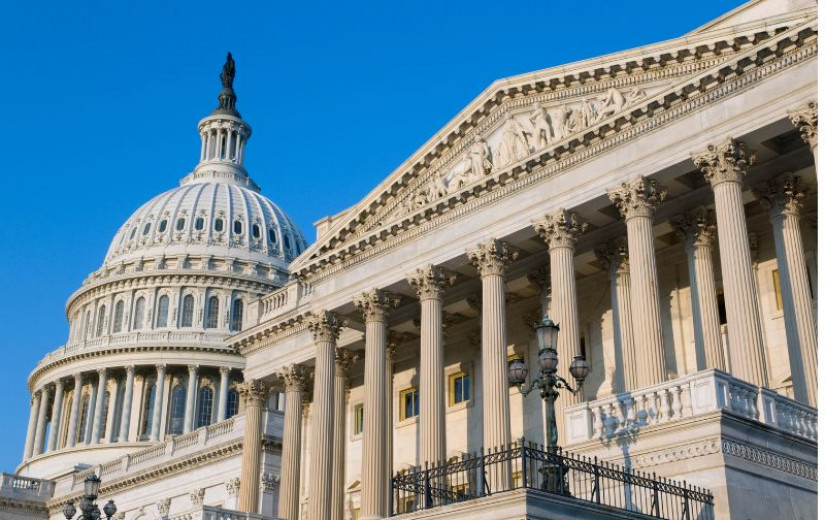
These dually eligible beneficiaries are mostly individuals with complex and costly healthcare needs related to chronic illnesses.
They receive additional assistance from their state Medicaid program on top of their primary health insurance through Medicare.
This blog discusses the eligibility criteria for dual Medicare and Medicaid enrollment and the benefits of this enrollment.
Financed by the federal government, Medicare is the primary source of health insurance for people ages 65 and older and those under 65 who are eligible through the Social Security Disability program.
On the other hand, Medicaid is the country’s largest public health insurance benefitting low-income Americans.
Both federal and state governments finance Medicaid.
Who is eligible for dual Medicare and Medicaid enrollment?
You must meet the following criteria to be eligible for both Medicare and Medicaid enrollment:- Be at least 65 years old or if you are younger and have a qualifying disability or medical condition.
- Have enrolled in either full coverage Medicaid or one of Medicaid’s Medicare Savings Programs (MSPs).
- Meet the income and asset limits set by their state to qualify for Medicaid. These limits vary by state and may change annually.
- Must be US citizens or legal residents
- In some states you qualify if you require long-term care services, such as nursing home care or home health care, and meet the eligibility criteria for both programs.
What are the benefits of dual Medicare and Medicaid enrollment?
Each year, millions of Medicare beneficiaries are surprised to learn they have to cover thousands of dollars in health care costs above what the federal government pays for them.
Simply put, there are myriads of costs in copays, coinsurance, and deductibles that vary based on your health status, the amount of medicine you take, and whether you selected an original Medicare or a Medicare Advantage plan.
Fortunately, enrolling for dual Medicare and Medicaid can help you pay for some or all of the costly out-of-pocket Medicare expenses. Here are some of the benefits of dual eligibility:
- Broader coverage: Dual eligibility allows individuals to access a wider range of healthcare services and benefits. Medicare typically covers hospital stays, doctor visits, and certain medical procedures, while Medicaid may cover additional services such as long-term care, dental care, and transportation to medical appointments. This comprehensive coverage can be particularly valuable for individuals with complex medical needs.
- Cost savings: Medicaid can help cover costs that Medicare does not fully cover, such as premiums, deductibles, and copayments. For people with limited financial resources, this can significantly reduce out-of-pocket expenses associated with healthcare services.
- Long-term care services: Medicaid provides coverage for long-term care services, including nursing home care and home health services, which Medicare does not cover. Dual eligibility ensures access to these essential services for individuals who require ongoing assistance with activities of daily living.
- Prescription drug coverage: Dual-eligible individuals typically receive prescription drug coverage through Medicare Part D. Medicaid may also provide additional assistance with prescription drug costs, including covering medications not included in the Medicare formulary or reducing copayments.
- Integrated care management: Some states offer integrated care programs for dual-eligible individuals. The programs coordinate Medicare and Medicaid benefits to provide more streamlined and comprehensive care. They often involve care coordination, case management, and support services to help individuals navigate the healthcare system more effectively.
- Expanded access to providers: Medicaid often has a broader network of providers compared to Medicare, particularly for specialty care and services such as mental health and substance abuse treatment. Dual eligibility ensures access to both Medicare and Medicaid providers, increasing options for obtaining necessary medical care.
What does Medicaid pay for that Medicare doesn’t?
Here is a brief list of costs that Medicaid pays above Medicare coverage:
- Premium for Medicare Part B, covering physician visits and other outpatient services. The monthly premium for this segment was $174.70 in 2023.
- The Medicare Part A (hospital insurance) deductible, which for 2024 is $1,632 for hospital stays.
- The Medicare Part B deductible. This segment is $240 for 2024
- Both Medicare Part A and Part B copays and coinsurance.
- The Medicare Part D premium, deductibles, and copays for prescription drugs. Coverage for these costs is available under the Extra Help program, which dual-eligible enrollees automatically qualify for.
Take steps towards better living with dual Medicare-Medicaid enrollment
Eligible individuals gain significant advantages by maximizing the benefits of dual Medicare Medicaid enrollment.
They will access a broader range of healthcare services, including hospital stays, doctor visits, prescription drugs, and long-term care, and achieve better cost savings.
If you are looking for a reliable source of news to keep you up-to-date with the latest happenings in the health industry, visit Daily Dig today.
We are your go-to resource for fact-based, unbiased news.
Visit our website today to get more!
Copyright 2024, TheDailyCurrents.com









